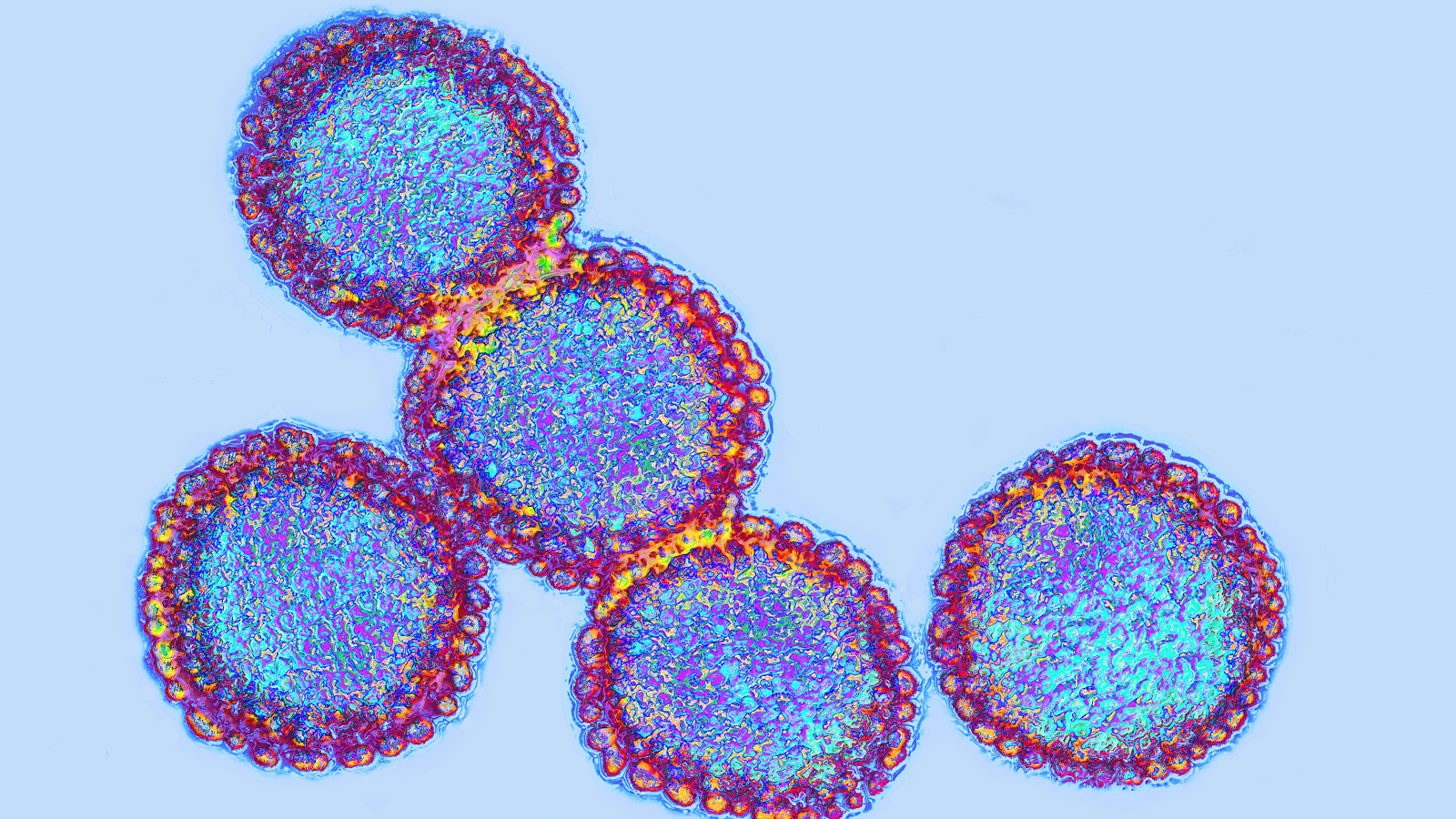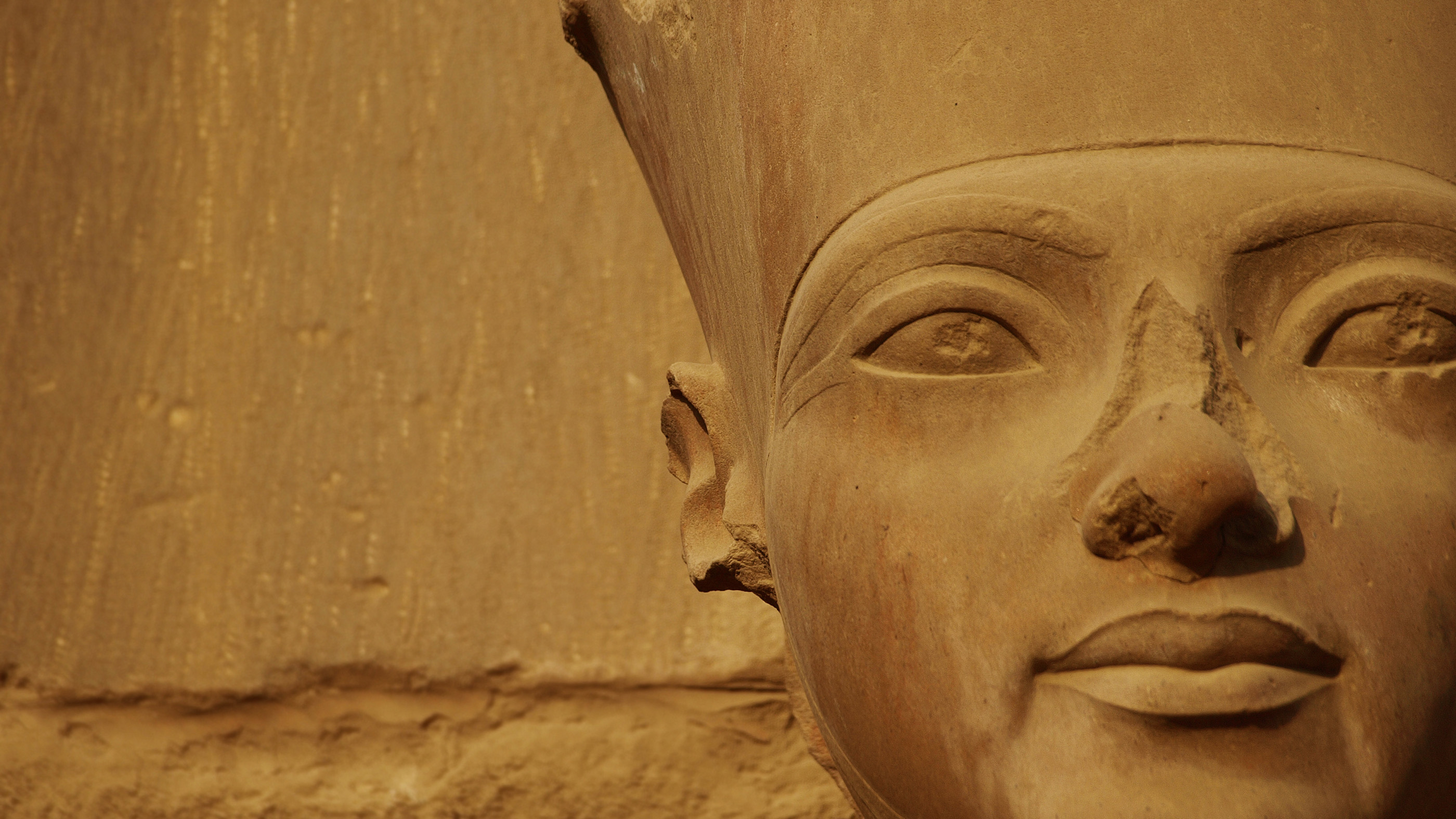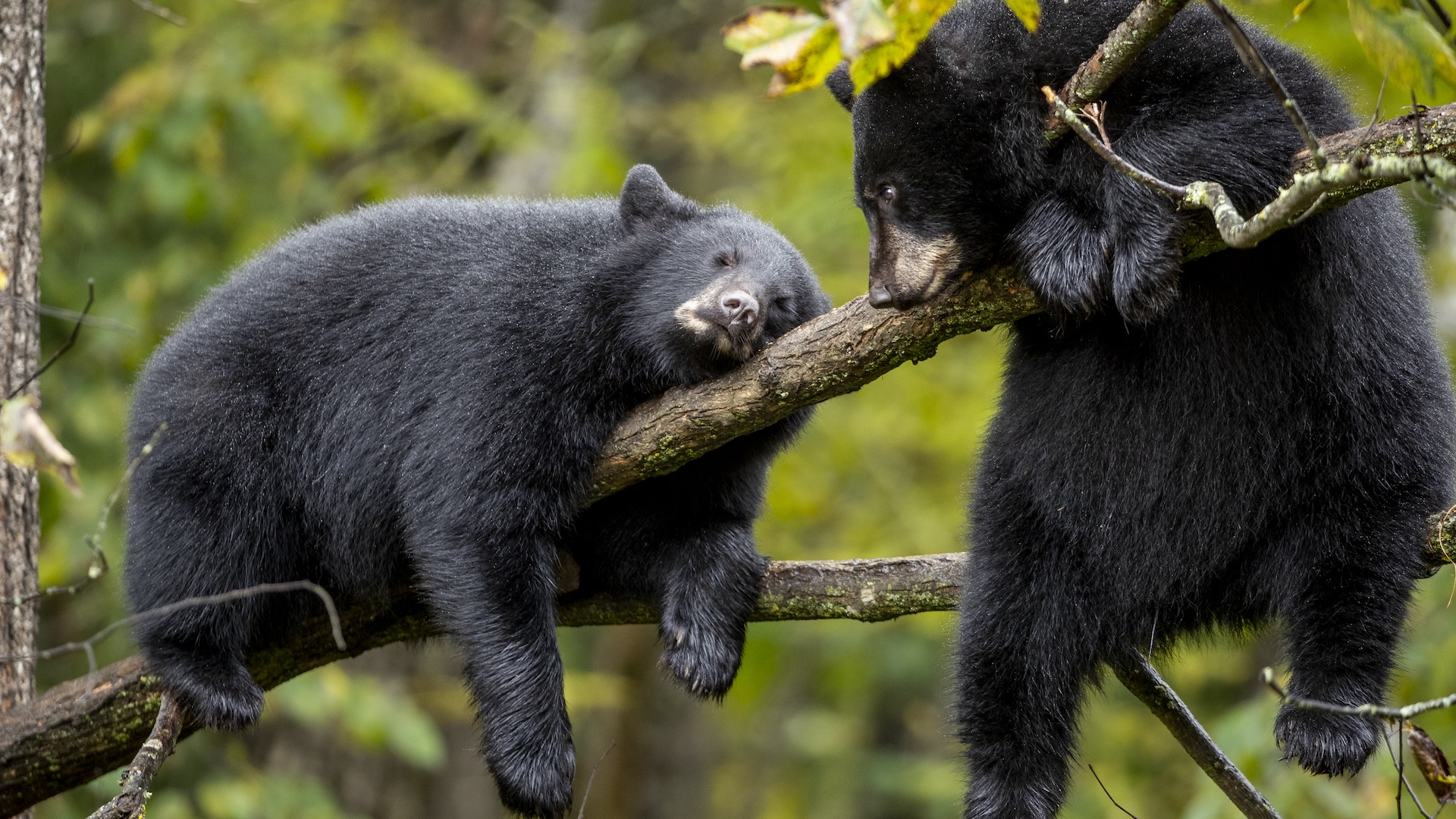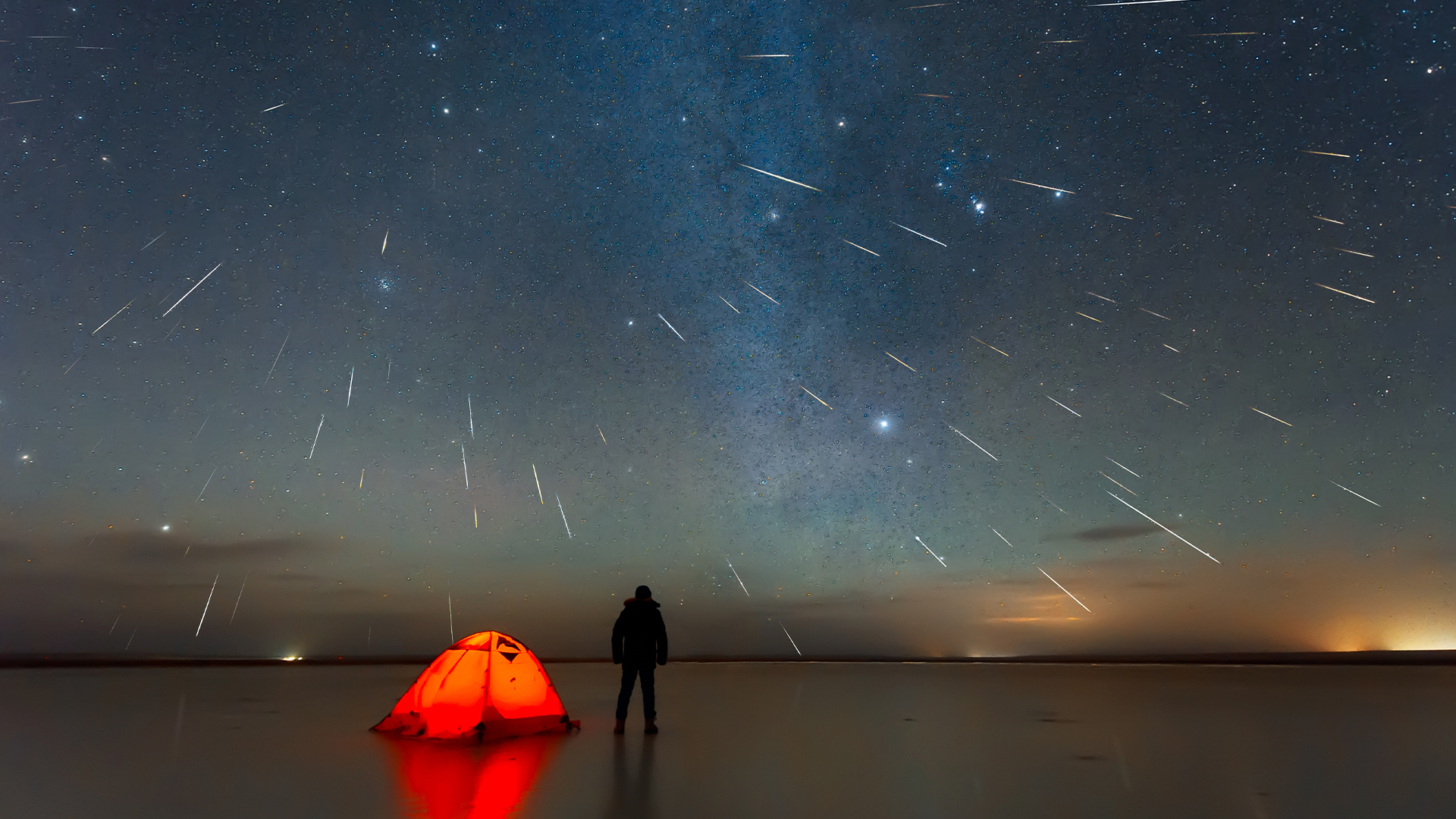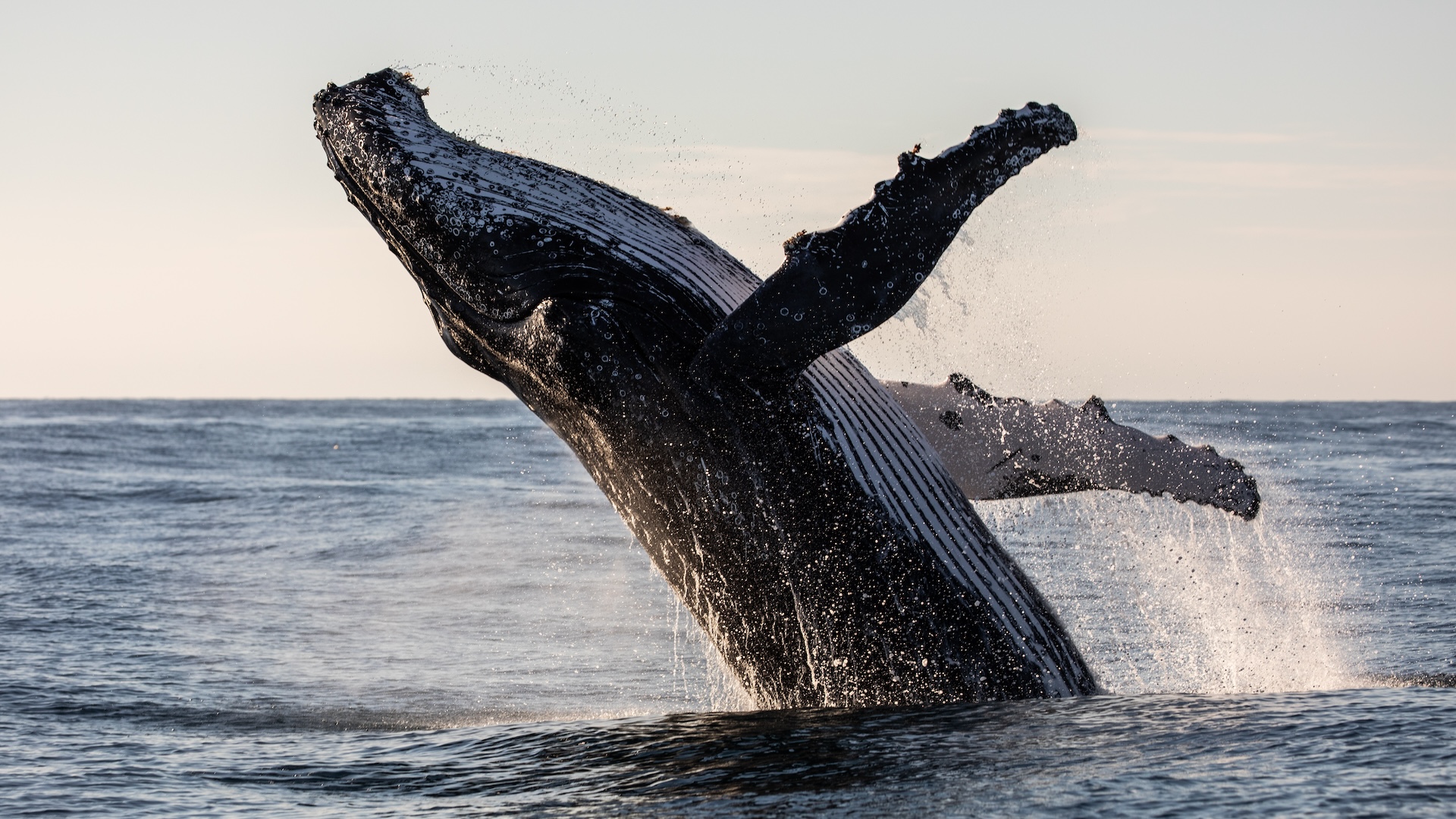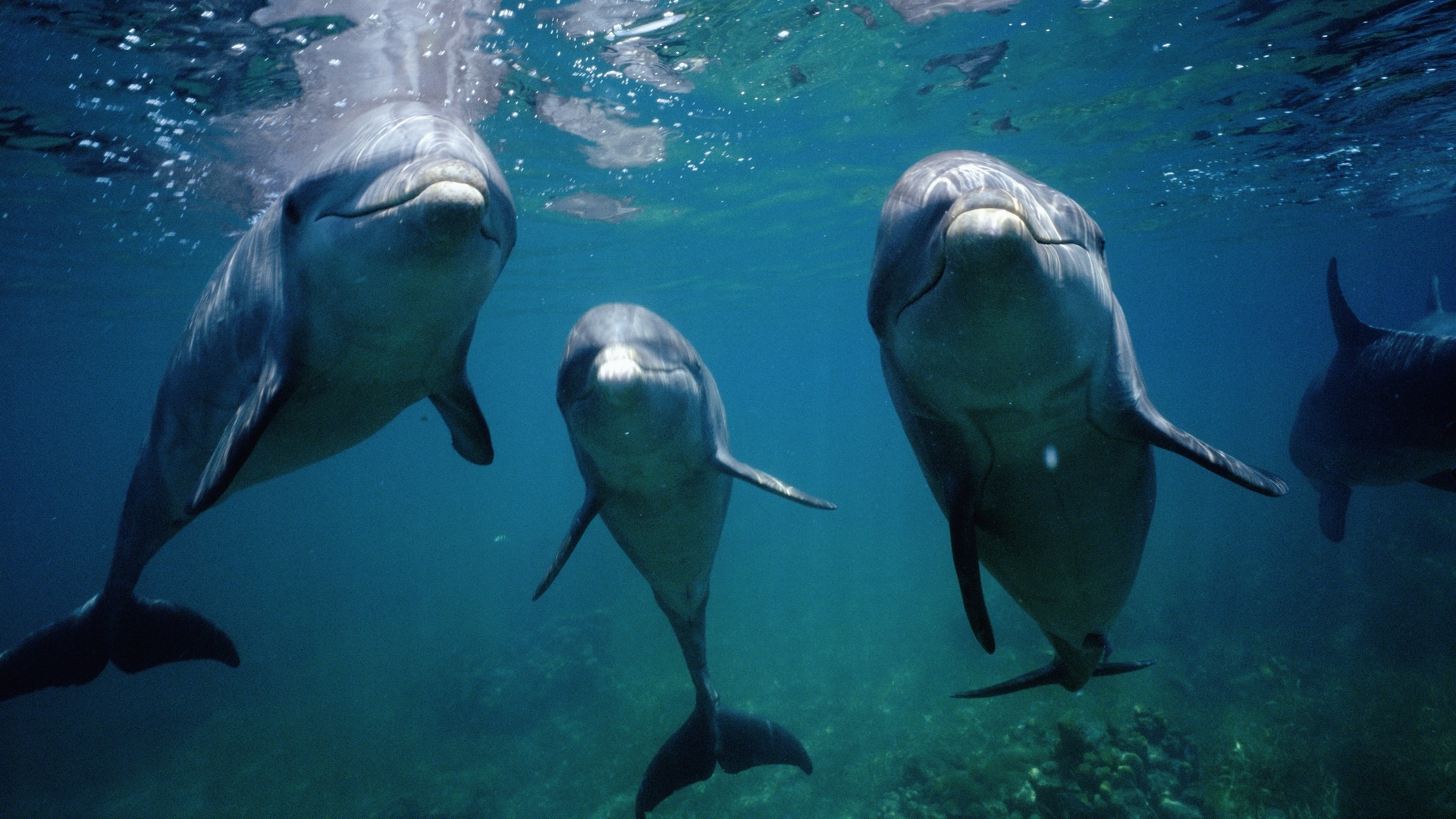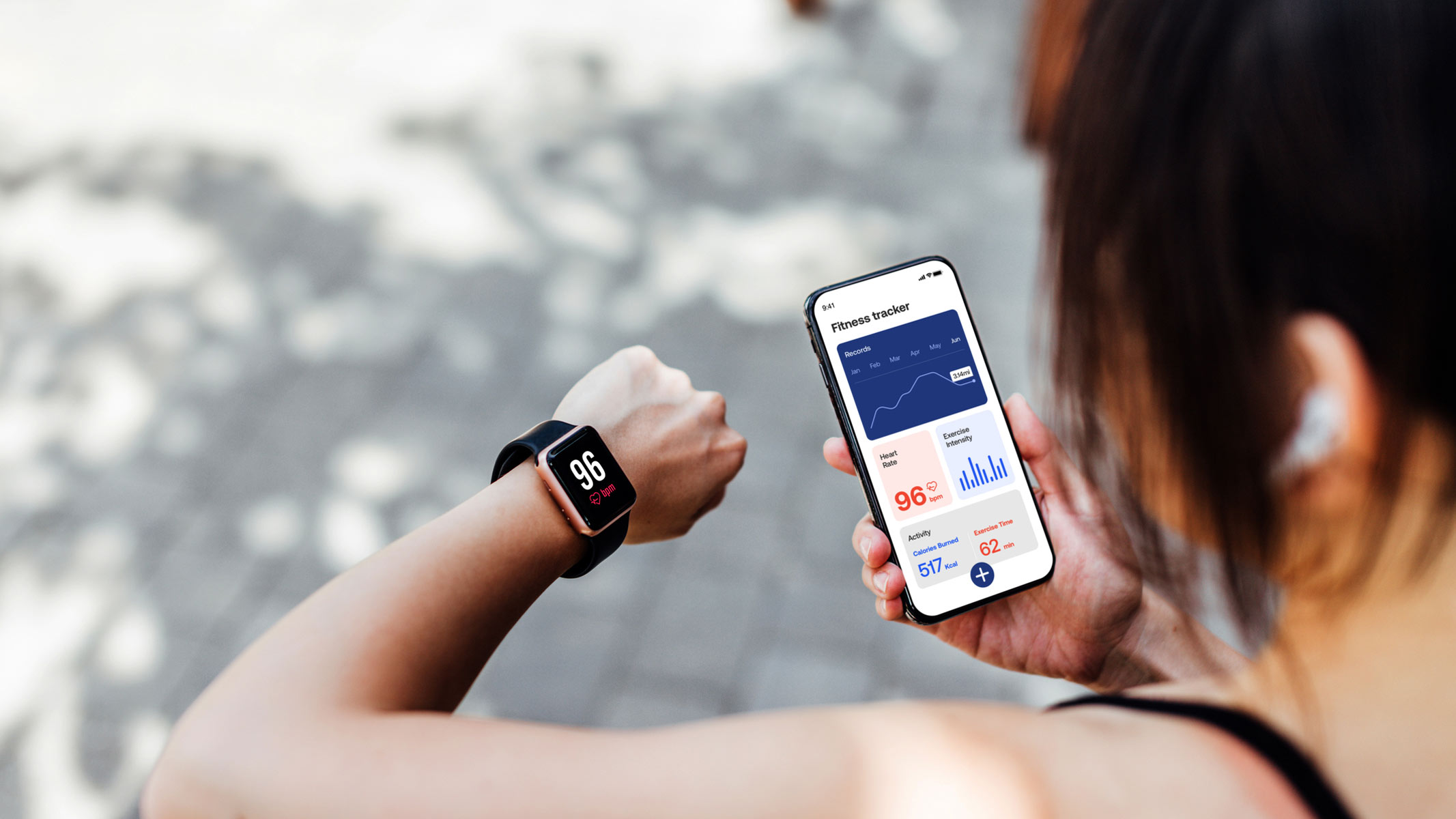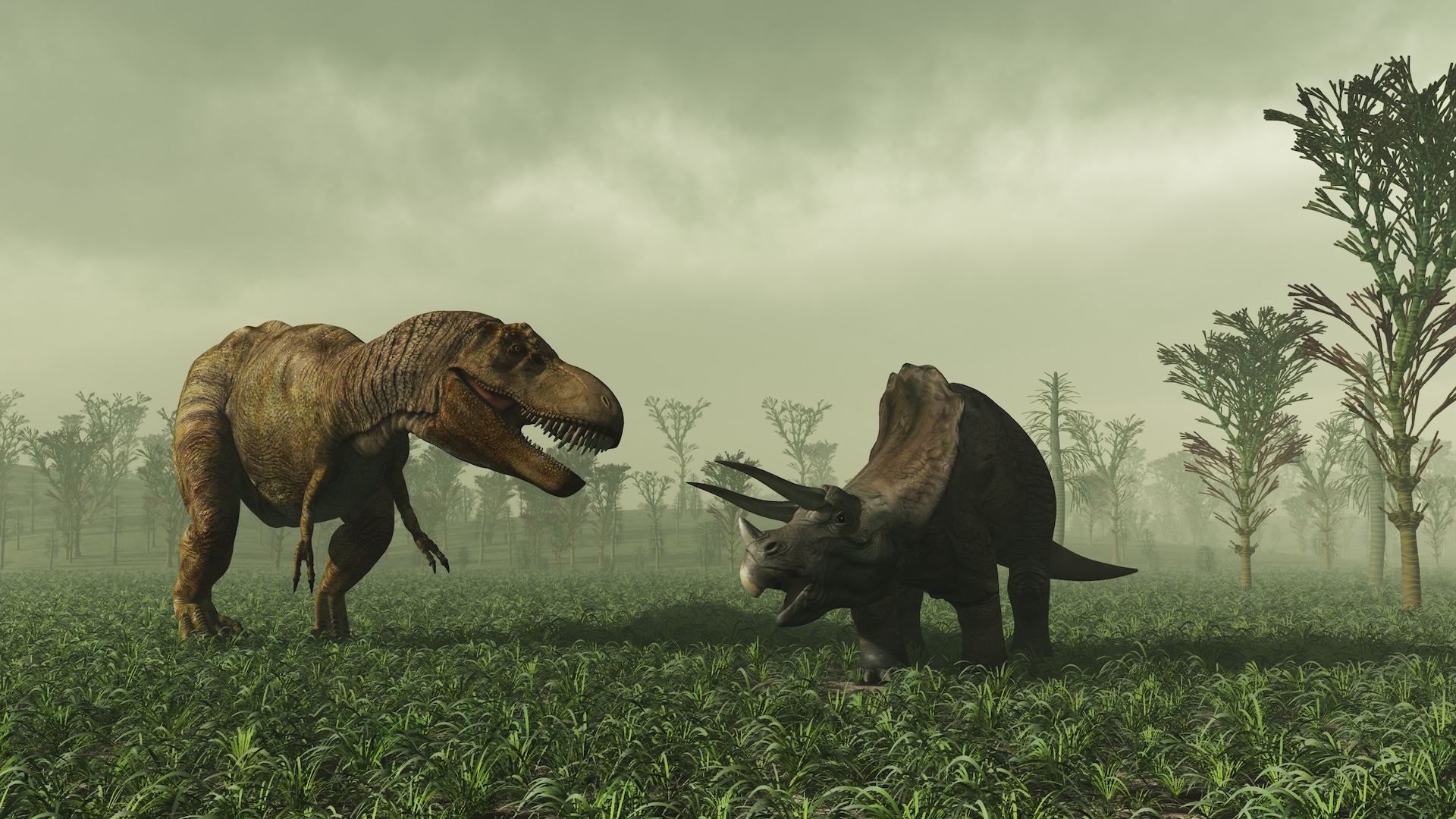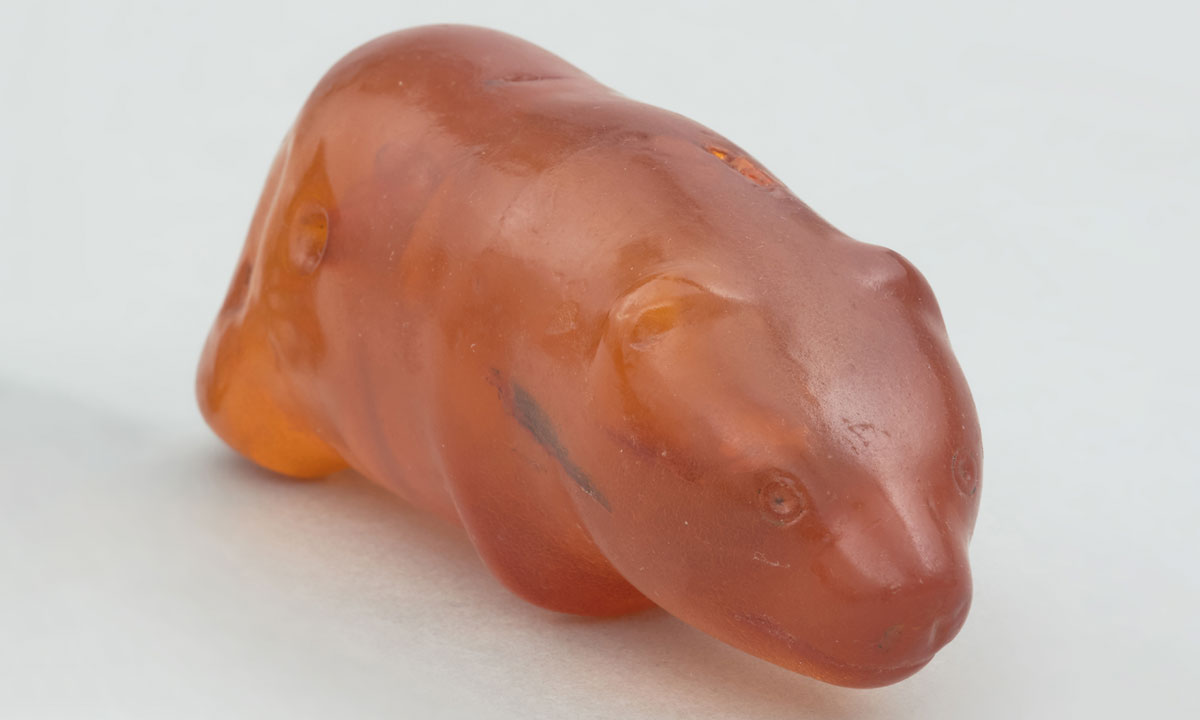How are hurricanes named?
Hurricanes aren't named after specific people.

Hurricanes have human names, such as Alex, Nigel and Sara. Chances are, you share your name with a hurricane or know someone who does. But where do these names come from?
The Hurricane Committee at the United Nations' World Meteorological Organization (WMO) decides on a list of tropical storm names as a part of its annual meeting. The committee doesn't base their names on specific people, but it chooses common names that are likely familiar to the people of the regions experiencing them. The names aren't meant to downplay a hurricane's severity. Rather, they are intended to facilitate communication about the storm.
"Hurricanes themselves are very significant stressors on society, and so by naming them, we're able to track and constantly understand the threat," James Marshall Shepherd, director of the atmospheric sciences program at the University of Georgia and former president of the American Meteorological Society, told Live Science.
Shepherd noted that naming a hurricane also gives the public a reference point. "If I say, 'Remember Katrina,' people here in the United States immediately know how bad that storm was," Shepherd said.
Hurricane Katrina was one of the worst hurricanes in U.S. history. The storm hammered the coastal areas of Alabama, Louisiana and Mississippi in the summer of 2005, killing more than 1,800 people and destroying many more homes, according to the National Oceanic and Atmospheric Administration's (NOAA) National Weather Service.
"I think naming, in a strange kind of way, brands the storm in a real-time capacity for more effective messaging, but also gives a longer-term reference point for people to understand when they hear comparable type storms that may be coming along," Shepherd said.
Related: First-ever 'space hurricane' detected over the North Pole
A hurricane is a type of tropical cyclone, which is a rapidly rotating storm that forms over tropical oceans. When a tropical storm has a maximum sustained wind speed of more than 39 mph (63 km/h), the WMO gives it a name. The title hurricane is given only to tropical storms that start in the Atlantic basin and have maximum sustained wind speeds of 74 mph (119 km/h) or greater. So, not all tropical storms with names are hurricanes. Hurricanes occur in the Caribbean Sea, Gulf of Mexico, Atlantic Ocean, eastern North Pacific Ocean and, occasionally, central North Pacific Ocean, according to NOAA.
Tropical cyclones in other parts of the world have different titles. They are called typhoons in the western North Pacific Ocean, cyclones in the Bay of Bengal and Arabian Sea, severe tropical cyclones in the western South Pacific and southeast Indian Ocean and tropical cyclones in the southwest Indian Ocean, according to the WMO.
The WMO keeps rotating lists of names for tropical cyclones around the world. The names are selected by the Tropical Cyclone Regional Body responsible for each basin. One of these is the Hurricane Committee for Atlantic tropical cyclones, which is made up of 32 members and includes experts from national meteorological and hydrological services across North America, Central America and the Caribbean.
The WMO chooses short, distinct human names — such as Alex, Nigel and Sara — for Atlantic basin storms because they are quicker and easier to use and remember than more technical names that encompass longitude and latitude. There also may be more than one hurricane active at the same time, meaning a date-based hurricane name could be confusing, according to NOAA's National Hurricane Center and Central Pacific Hurricane Center.
The Caribbean Sea, Gulf of Mexico and North Atlantic regions use one list of severe storm names, and the eastern North Pacific region uses a second; both are used on a six-year cycle, after which they repeat. For example, the names used in the 2022 hurricane season will be the same in 2028, according to the WMO, which publishes the lists of names on its website. There are slightly different tropical cyclone naming systems for other basins, and they aren't all based solely on human names. For example, the tropical storms of the western North Pacific and North Indian oceans are named mostly after flowers, animals, trees, food and other descriptive words, according to the Met Office, the national weather service in the U.K.
Each season, the Atlantic basin storm names go in alphabetical order, with one storm beginning with each letter (with a few exceptions). For example, the first named storm of 2023 (and 2029) in the eastern North Pacific will be called Adrian, the second will be Beatriz and the last will be Zelda. Some letters are excluded because it's too difficult to find suitable names. The North Pacific names skip "q" and "u," while names of storms in the Caribbean Sea, Gulf of Mexico and North Atlantic also omit "x," "y" and "z."
The WMO has a reserve list of supplementary names in case there are more named storms in a year than they have names on their initial list, which happened in 2005, 2020 and 2021. These names used to be taken from the Greek alphabet, but the WMO replaced them with common human names in 2021. The organization retired Greek letters because some — such as zeta, eta and theta — have similar pronunciations, which could be confusing and didn't always translate well into different languages. Also, the Greek alphabet has a finite number of letters, and storm names are occasionally retired.
"If a storm is significant enough in terms of loss or life or destruction, that name is taken off that rotating six-year list," Shepherd said. For this reason, there won't be another hurricane named Katrina.
Originally published on Live Science.
Sign up for the Live Science daily newsletter now
Get the world’s most fascinating discoveries delivered straight to your inbox.

Patrick Pester is the trending news writer at Live Science. His work has appeared on other science websites, such as BBC Science Focus and Scientific American. Patrick retrained as a journalist after spending his early career working in zoos and wildlife conservation. He was awarded the Master's Excellence Scholarship to study at Cardiff University where he completed a master's degree in international journalism. He also has a second master's degree in biodiversity, evolution and conservation in action from Middlesex University London. When he isn't writing news, Patrick investigates the sale of human remains.
